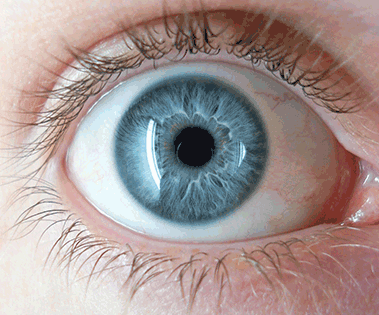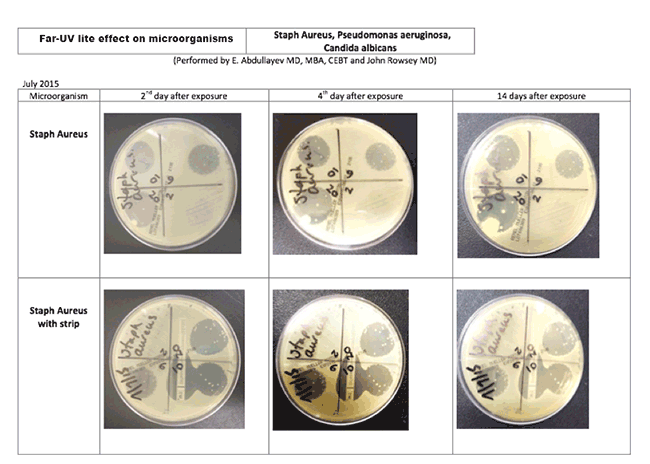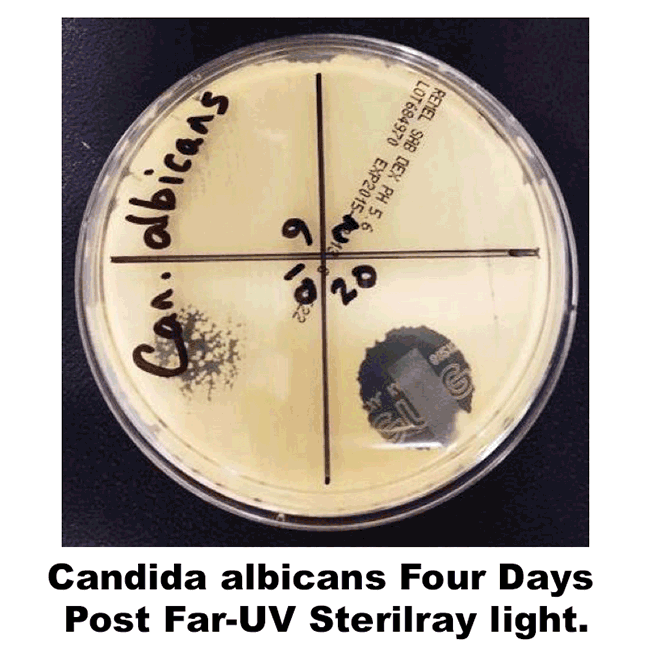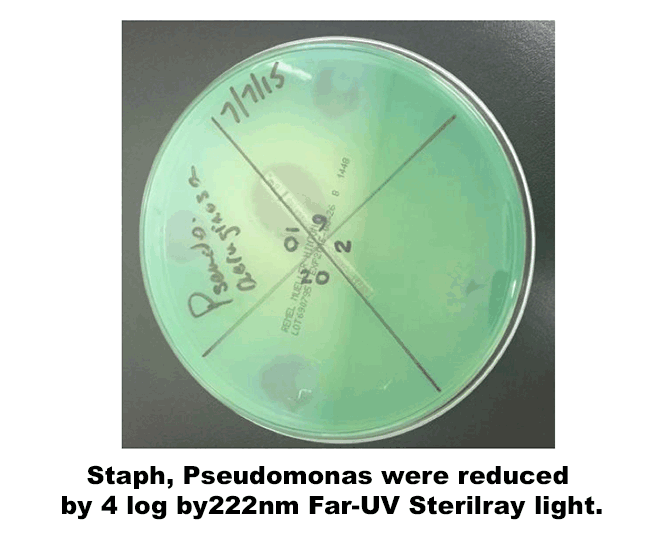The Solution

THE PROBLEM
• Based on discussions with practitioners and eye bank representatives, acute eye infections and increasingly-rampant, antibiotic-resistant, infections are ranked as the top major concerns in the Ophthalmology Sector.
• The three most prevalent antibiotic-resistant pathogens in the eyecare Sector are Staphylococcus Aureus, Pseudomonas Aeruginosa, and Candida Albicans Fusarium and Aspergillus.
• These infections render transplant corneas useless, requiring replacement by the eye banks. They cause the majority of chronic post-operative infections, requiring several weeks of treatment with combinations of antibiotics, and can result in blindness.
• The Ophthalmology Sector continues to search for answer to this serious and growing infection problem.
• Hospitals seek solutions to their increasing HAI problem which no longer are covered by insurance.
THE SOLUTION
• Original Research conducted by Dr. J. Jim Rowsey MD of St. Michael’s Eye and Laser Institute and Dr. . Eric Abdullayev MD of The Lion’s Eye Institute for Transplant and Research.
• A well-received research paper was presented by Dr. Rowsey at the November 2015 meeting of Ocular Microbiology and Immunology Group session at the American Association of Ophthalmology.
RESEARCH RESULTS:
• Exposure of the cornea to Far-UV Sterilray™ is safe for the endothelium at 10 and 20 seconds.
• Exposure of pathogens to Far-UV Sterilray™ have demonstrated that staph aureus, and pseudomonas aeruginosa are killed within 2 seconds of exposure; candida Albicans (spore) is killed within 20 seconds.
• OCULAR PD’S current devices kill pathogens (viruses, bacteria, molds, fungus) on surfaces, in liquids, and in the air at a 99.999% effectiveness level in seconds – or less.
• Reduction or elimination of even antibiotic-resistant pathogens (VRE, MRSA, C. Diff.) is now practical and effective using Far-UV Sterilray™ Technology.


